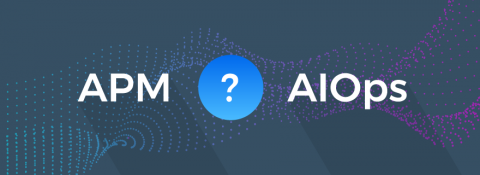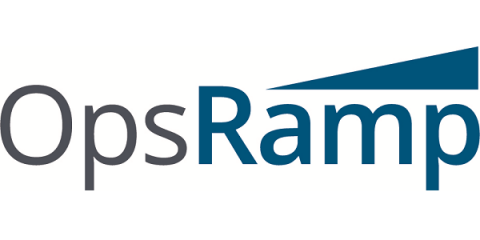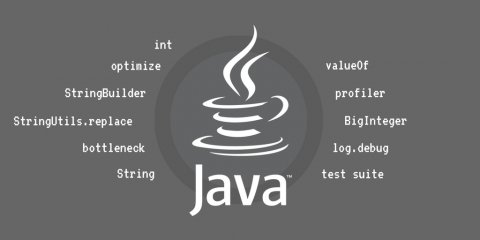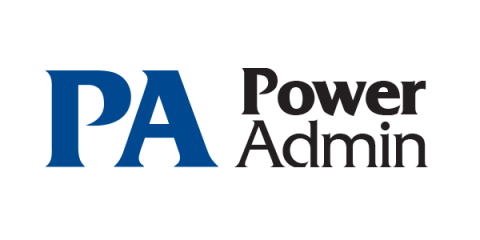Color Blind theme for Icinga Web 2
Give your Icinga Web 2 a new look – with official ‘Color Blind Theme’ introduced in version 2.7.0! Not just for people with impaired colour vision – with a fresh and well rounded new palette, the new theme is a real looker!











